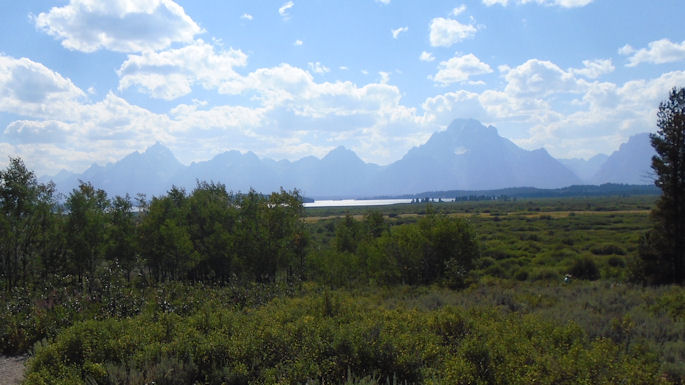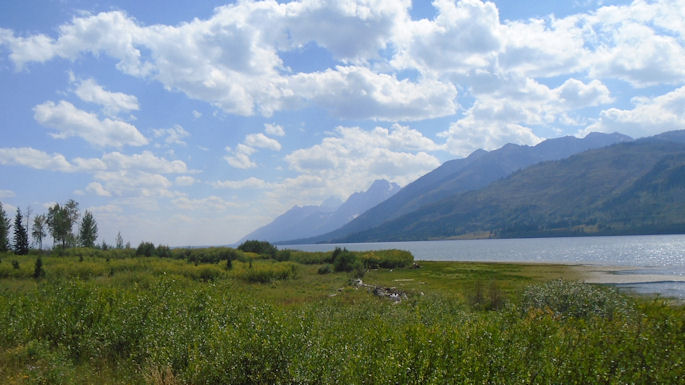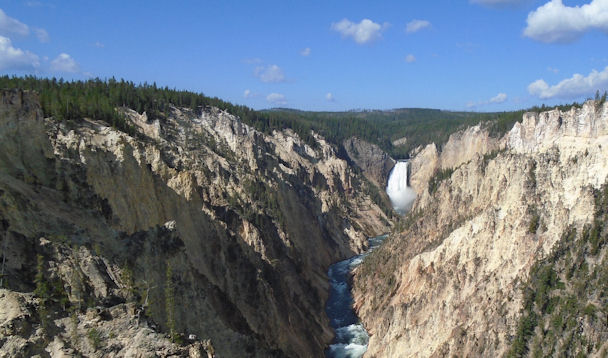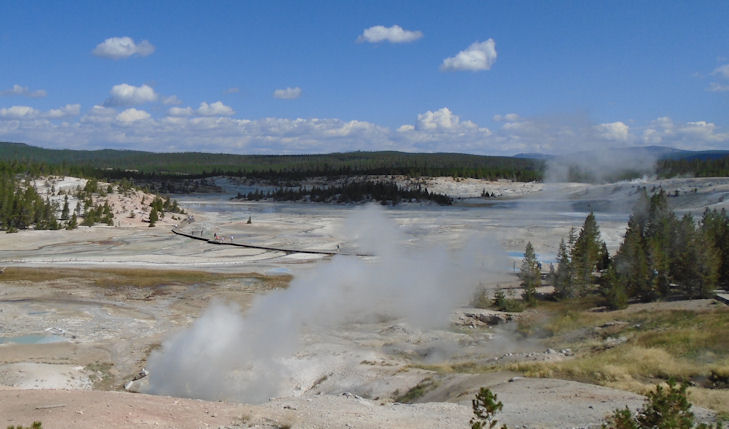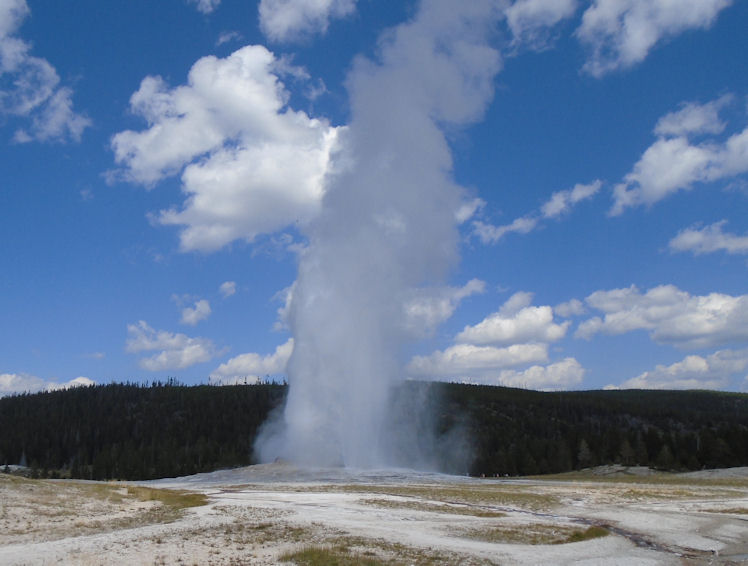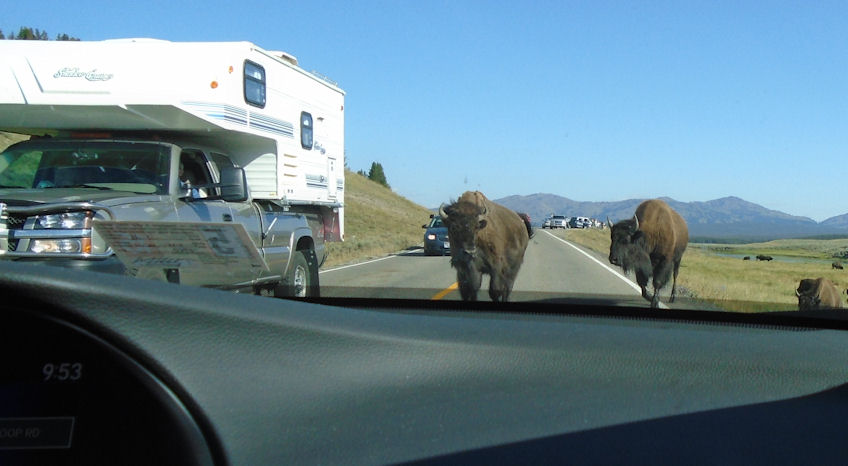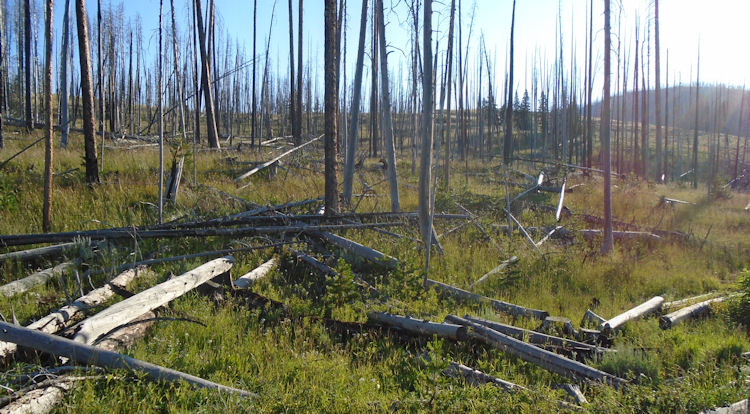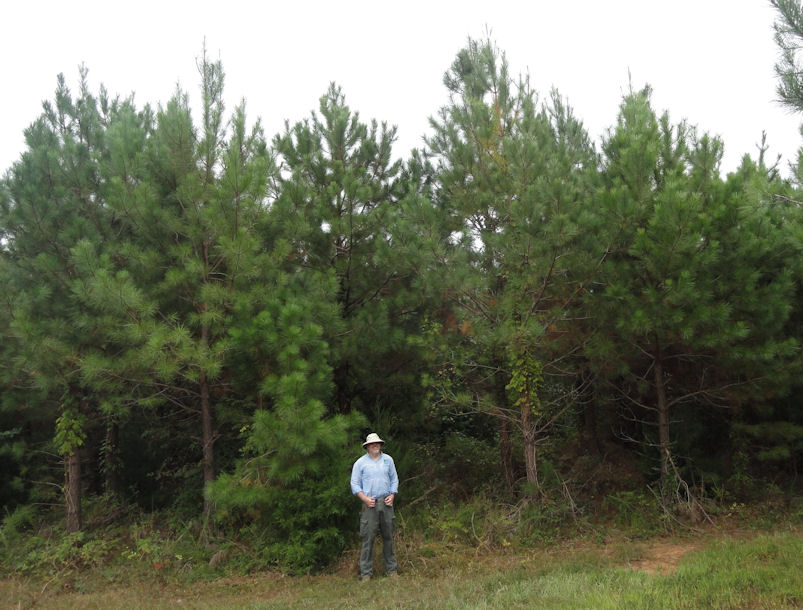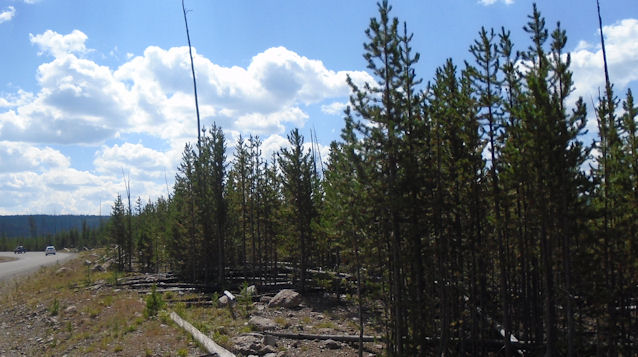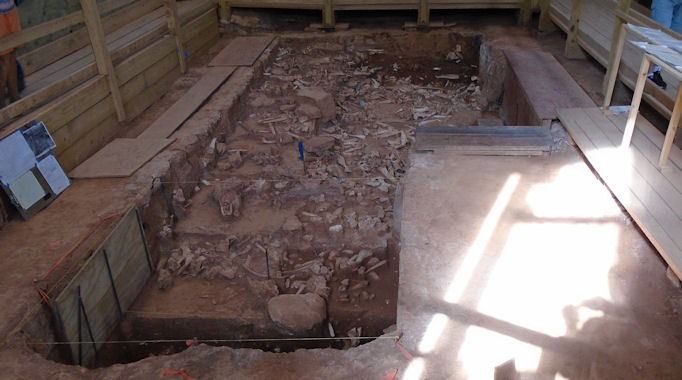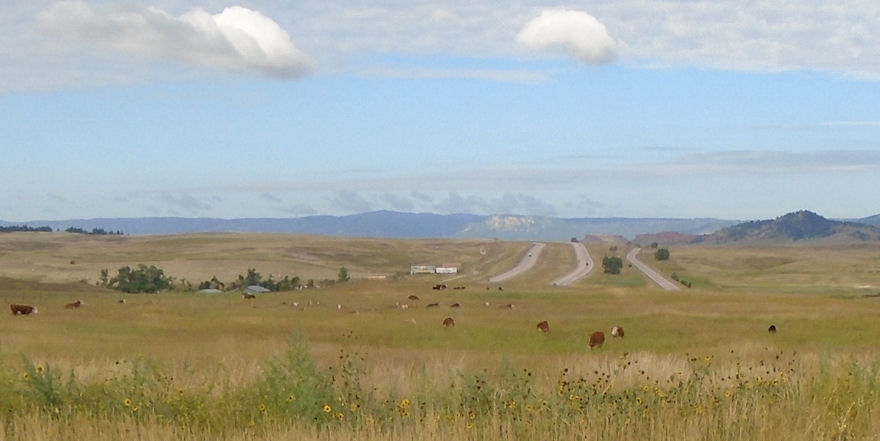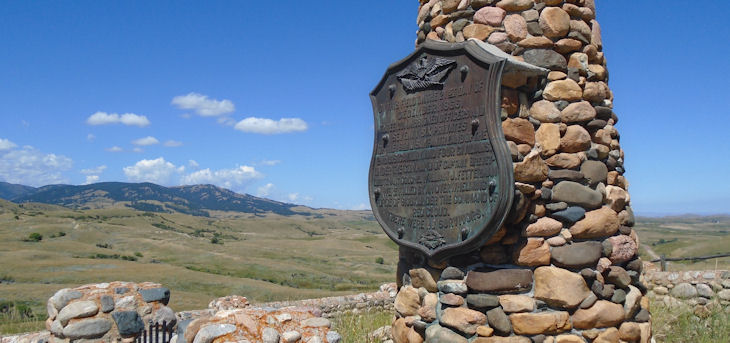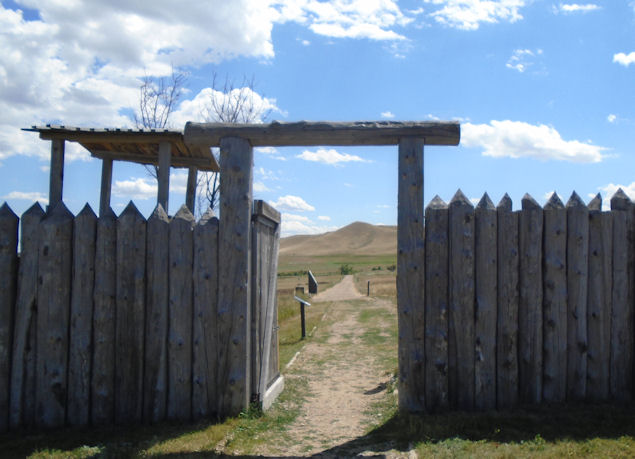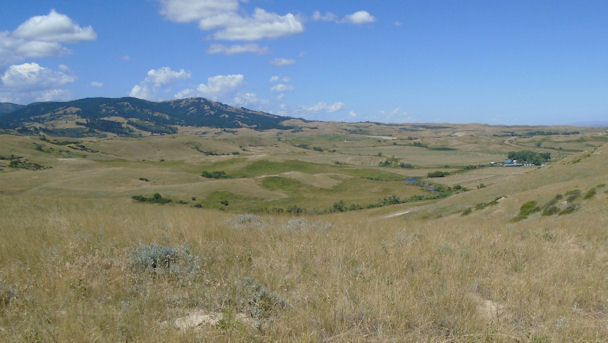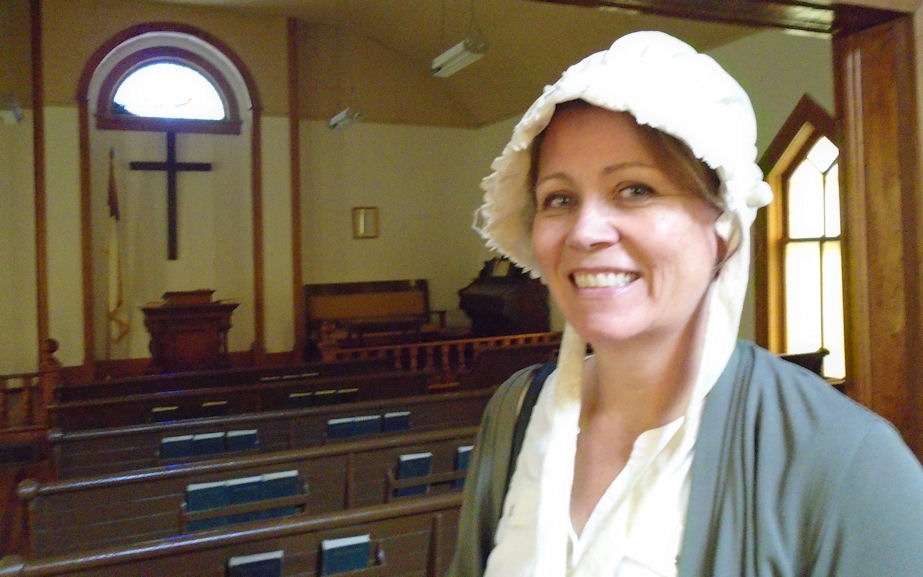
Our parents and grandparents used to tell us how easy we have it today and they were right. Life was much harder in times past. I was reminded on my drive through Kansas and a visit to the Prairie Museum of Art & History in Colby.
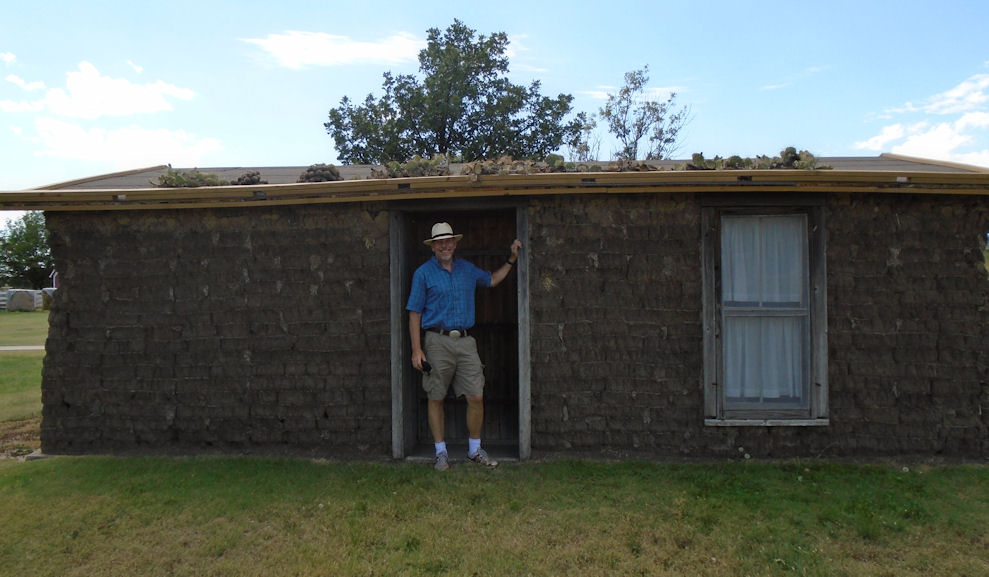
Look at the house above. This is a house made of sod, i.e. blocks of dirt. It is not much bigger than the can I lived in when I was in Iraq, but my accommodation was more comfortable. Beyond that, the little dirt house on the prairie probably housed a family of five or ten.

Today we complain when schools don’t have the fastest computers. People in Kansas had those one-room schools. Yet they taught kids to read and write, using simple readers. They were McGuffey readers, that taught grammar, spelling and good behavior.

So let’s get this straight. We have people living in dirt houses, working all the time, periodically facing real hunger and often physical dangers still managed to build little schools and teach their kids to read, write and count and generally did a good job. They built a great society and did their duties to God, man & country. Maybe we have it too easy today.
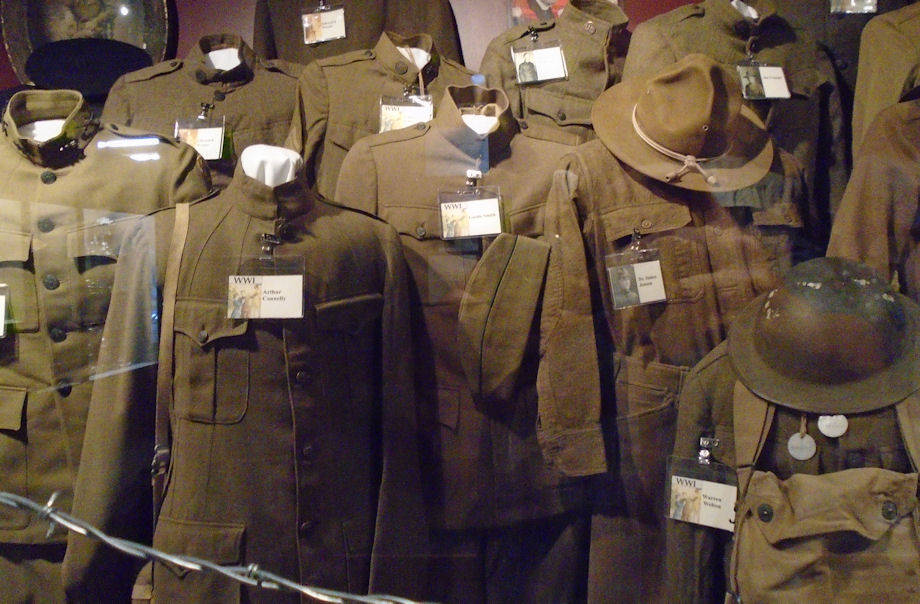
The Kansas plains are pretty … plain. Recall that there was no TV, Internet or even radio. I suppose there was time to read. When you look at the physical surroundings, the little dirt home surrounded by a sea of grass, you wonder how these people kept their sanity. One reason was that they kept the faith. The picture of Chrissy up top wearing a bonnet shows an example. She looks very beautiful so I figured it was better to put in this picture than just the church.

I am not one to glorify the past. My study of history convinces me that I would never choose to live in any period of history before our own. Everybody in the past was poor and life was hard. And they suffered the worst hard times with the dust bowl, an ecological disaster never seen before or after in the U.S.
We should recall their struggles and put our own in the context. What they did with so much less, we should be able to do with so much more. And maybe quit complaining as much.
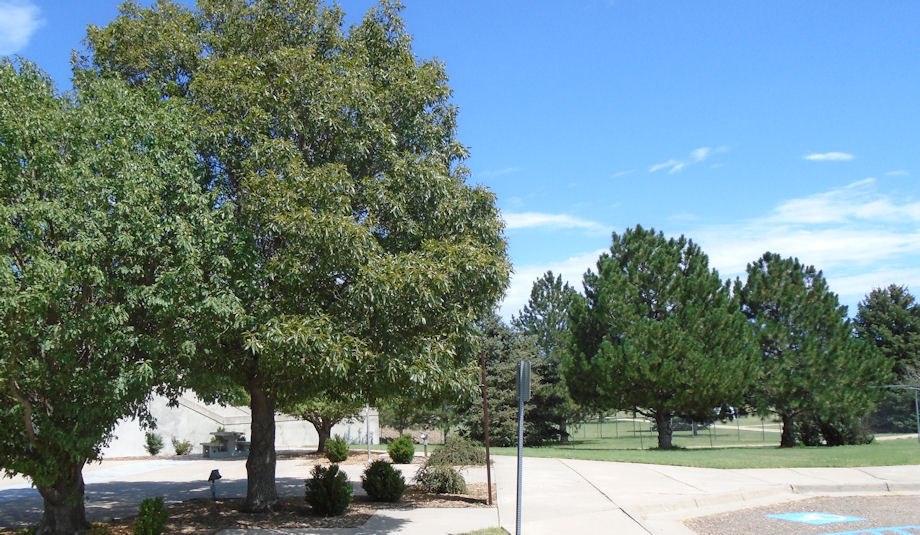
IMO, one reason for our discontent is that we have too much, too many choices. Life does not present enough real challenges, so we make up others. We worry about sugar, gluten, fat etc. Our ailments are those of prosperity, things like obesity & adult onset diabetes. Even many of our neuroses show our riches. Nobody in that dirt house has a hording problem, for example.
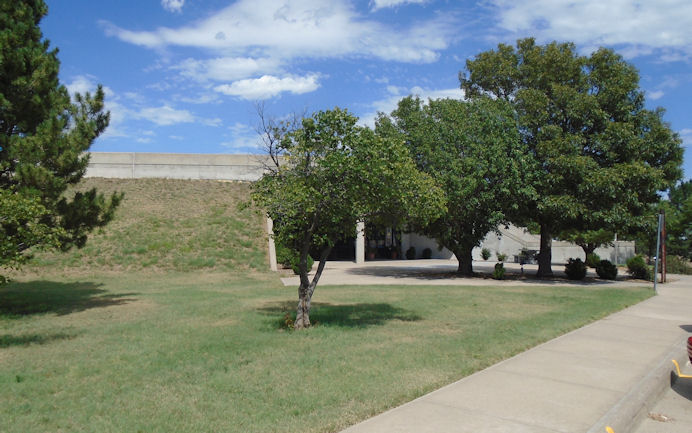
I am making my pilgrimage across the U.S. to get to know my country again and put things in perspective. This is helpful.
Most of my pictures are self explanatory, but not all. The one that may not be is the uniforms. Museums has uniforms contributed by local citizens who served their country from World War I to now. They have tags with the owners name and some bio details. The windmills are taken through the windshield (explains the blobs). Wind is a big industry out in the plains and getting bigger all the time. We passed lots of wind farms and saw lots of trucks carrying the windmill parts. On the flatbed trucks they look like giant tusks or dinosaur bones. The trees in the picture are planted at the Prairie Museum. In the front is a saw tooth oak. The trees grow well once established on the plains, but are not natural and don’t grow as tall. The bottom picture is the museum’s earth berm. It is sheltered by the earth, maybe a modern adaption of the sod house. The grass is short buffalo grass.

